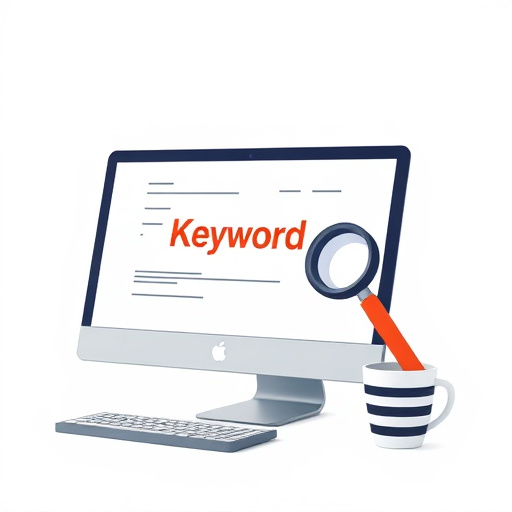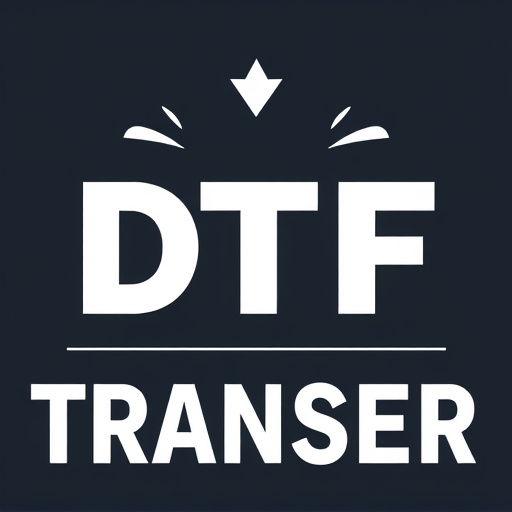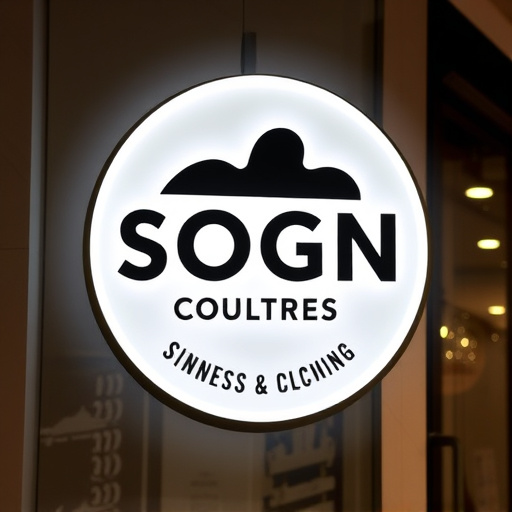Businesses are transitioning to data-driven competitive pricing strategies in today's digital age, analyzing customer and market data to set dynamic prices based on regional variations, preferences, and promotions. This approach maximizes profits by remaining responsive to trends while offering precise pricing tailored to segments and individual groups, as seen in the automotive industry with services like paint protection film, car customization, and ceramic coating.
In today’s data-rich environment, businesses no longer rely on guesswork for competitive pricing. Leveraging data-driven strategies offers a profound advantage over traditional methods. This article explores why and how companies can harness the power of data to optimize competitive pricing, enhance profitability, and stay ahead of the market. From understanding consumer behavior to analyzing competitor moves, we’ll delve into the steps involved in implementing data analysis for dynamic and accurate pricing strategies.
- Understanding the Impact of Data on Pricing Strategies
- Advantages of Data-Driven Competitive Pricing Over Traditional Methods
- Implementing Data Analysis for Accurate and Dynamic Pricing
Understanding the Impact of Data on Pricing Strategies

In today’s data-rich environment, businesses are realizing that pricing strategies based purely on guesswork or industry norms are no longer sufficient. By leveraging vast amounts of customer and market data, companies can uncover valuable insights that drive more effective and competitive pricing. This shift from traditional pricing methods to data-driven approaches is transforming industries, including automotive detailing and premium automotive services.
For example, consider the impact of paint protection film—a popular premium service. Data analysis allows providers to understand customer preferences for specific features, regional price variations, and the effectiveness of promotional offers. By studying purchase patterns in detail, they can set prices that not only cover costs but also maximize profits while remaining competitive in the market. This data-informed approach ensures that pricing strategies are dynamic, tailored to customer needs, and responsive to market trends—a significant advantage over static, guesswork-based models.
Advantages of Data-Driven Competitive Pricing Over Traditional Methods

In the age of digital transformation, businesses are no longer reliant on guesswork for setting prices, especially in competitive markets. Data-driven competitive pricing is revolutionizing how companies determine their strategies, offering numerous advantages over traditional methods. This approach leverages vast amounts of data, from consumer behavior patterns to market trends, to set prices that are not only competitive but also precise and dynamic. Unlike conventional practices that may rely on intuition or industry norms, data-driven pricing provides a clear, evidence-based understanding of what customers are willing to pay, enabling businesses to make informed decisions.
By adopting this strategy, companies can effectively tailor their pricing to various segments and even customize offers for specific customer groups. For instance, in industries like automotive, where services such as paint correction or custom vehicle wraps (including vinyl wraps) are popular, data-driven pricing allows for flexible strategies. Businesses can analyze past sales, competitor pricing, and customer preferences to set dynamic rates for these specialized services, ensuring they remain competitive while maximizing profits.
Implementing Data Analysis for Accurate and Dynamic Pricing

Implementing Data Analysis for Accurate and Dynamic Pricing
In today’s digital era, data-driven competitive pricing strategies have become a game changer in various industries, especially when it comes to offering premium automotive services like car customization and ceramic coating. Businesses that embrace data analysis can now bid farewell to guesswork and embrace precision. By leveraging vast amounts of customer behavior data, market trends, and competitor intelligence, companies can set prices that are both competitive and profitable.
This approach enables dynamic pricing, where rates fluctuate based on demand, seasonality, and other factors. For instance, a business offering ceramic coatings might charge higher during peak car care seasons while providing discounts or promotions during slower periods. Such adaptability ensures that prices remain attractive to customers without compromising the sustainability of premium automotive services.
Data-driven competitive pricing is the future of business strategy, offering unparalleled advantages over traditional guesswork. By leveraging data analysis, companies can make informed decisions, adapt to market dynamics, and stay ahead of the competition. Implementing dynamic pricing based on real-time insights ensures optimal revenue and customer satisfaction, making it an indispensable tool for any modern enterprise. Embrace this approach to unlock competitive pricing strategies that truly drive success.














